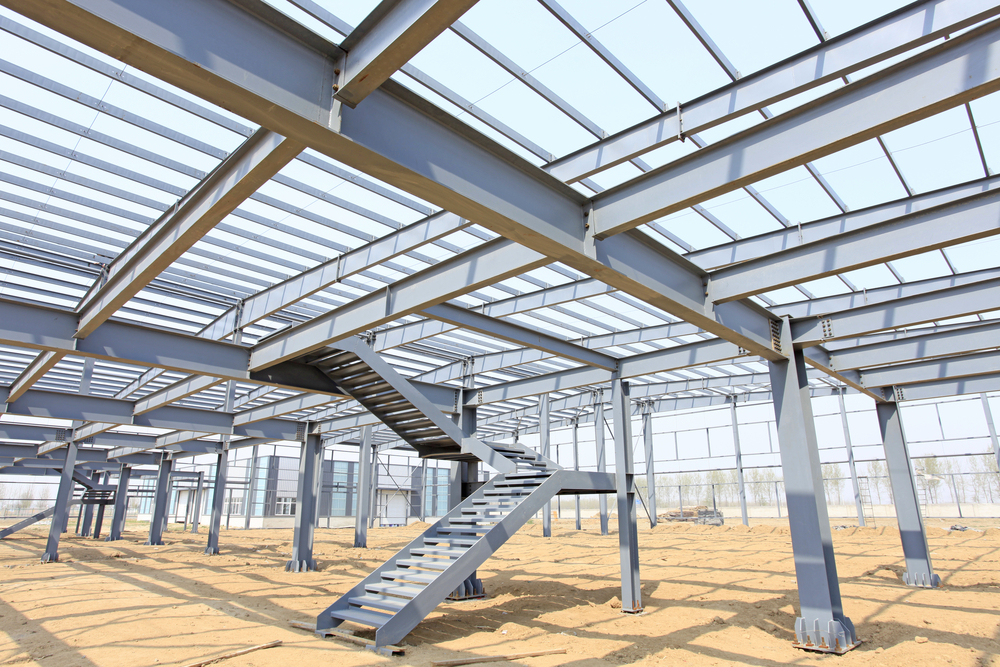
Choosing the right type of material is vital to the success of any construction project. And for many builders, structural steel is one of the recommended materials to use because of its various features. For example, it has a higher strength-to-weight ratio and supports the weight of multiple structure elements. But are these reasons enough to qualify structural steel as vital for construction?
Things about structural steel
Structural steel is made by combining iron and carbon. The amount of carbon in the steel determines its strength. It can be more robust by adding manganese, chromium, or vanadium. These elements can help to improve the steel’s properties, making it more resistant to damaging agents.
There are three primary varieties of structural steel:
- Carbon steel is the most commonly used in construction. Moreover, it is affordable and has a very high strength-to-weight ratio.
- Stainless steel is a type of steel that does not corrode or rust. It is ideal for structures in coastal areas or buildings requiring corrosion resistance.
- Aluminum is also good for construction because of its solidity and corrosion resistance. Plus, it is a lightweight metal.
Structural steel is doable to use in a variety of ways in construction. It is a material to create beams, columns, trusses, and other structural elements. But commonly, it is necessary to produce the framework for buildings.
Advantages of structural steel

Other materials, like concrete and wood, can be an alternative to structural steel. Some may have unique features that this material doesn’t have. However, more reasons prove structural steel is a vital construction material:
- Strength: Structural steel is highly mighty, making it able to support the weight of a building. It allows the structure to withstand wind, snow, and other forces. Steel is necessary to construct long-lasting bridges, tunnels, and other infrastructure projects.
- Durability: it will not rust or break down over time. Plus, it is resistant to fire and impact damage. Compared to timber, it does not warp when the temperature drops or rises.
- Versatility: Depending on the construction project, structural steel can be beams, columns, and other shapes.
- Aesthetics: it can add to the aesthetics of a building. Particularly, if the structural steel is visible in artistic positions, it can create a modern look.
- Cost-effectiveness: it is often less expensive than other types, such as concrete. Moreover, its higher strength-to-weight ratio allows a minimal number of materials to add during construction. What’s more, steel requires low maintenance. It is, especially if it already has treatment or enhancement like stainless steel.
- Eco-friendly: Structural steel is a recyclable material, so it can still be helpful even at the end of its initial use for the structure.
In conclusion, structural steel is vital for construction because it provides the framework for a building or other structure. Plus, it has many advantages that make it the preferred choice for many applications.
If you are planning a construction project, be sure to talk to a professional about using structural steel. It is an important material that can make your project more substantial, durable, and beautiful.
